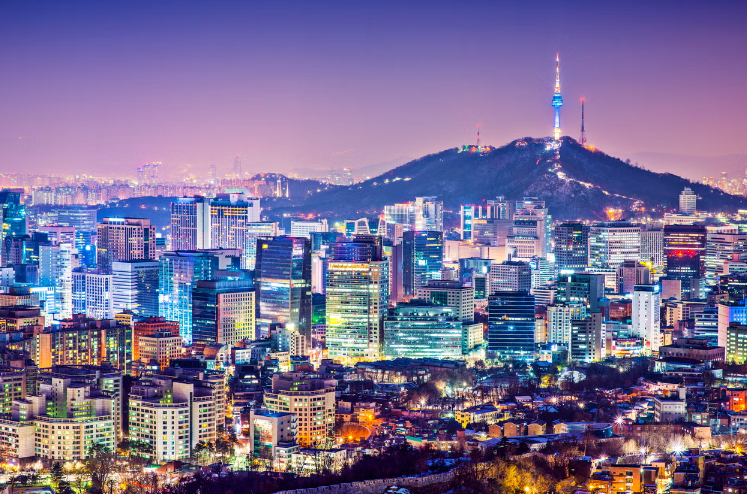In a pivotal revelation, the World Economic Forum (WEF) has spotlighted Seoul, Dubai, and Santa Monica as the vanguards in the burgeoning digital transformation landscape, navigating the realms of the metaverse. As cities globally embrace the metamorphosis this digital frontier brings, the WEF report sheds light on the strategic advantages and visionary initiatives propelling these metaverse leaders to the forefront of global innovation.
Seoul’s Government-Backed Metaverse Renaissance

Seoul emerges as a metaverse powerhouse with a government-backed commitment of $180 million to cultivate a national metaverse ecosystem. The city’s foray into the metaverse is embodied in the initial phase of “Metaverse Seoul,” an urban app empowering residents to engage in virtual adventures, games, and tasks.
Seoul’s visionary plans extend beyond local boundaries, aiming to connect industries with foreign investors and seamlessly integrate virtual and augmented reality into the city’s infrastructure. The WEF report underscores the Korean government’s unwavering dedication to nurturing the metaverse’s organic growth.
Dubai’s Ambitious Metaverse Economic Campaign

In the heart of the Middle East, Dubai stands at the forefront of the global metaverse race, strategically embedding the digital environment into its economic growth narrative. With aspirations to ascend the ranks as one of the world’s top cities in GDP, Dubai envisions attracting 1,000 firms in blockchain and metaverse sectors.
The city’s ambitious goal includes hosting over 40,000 Web3 professionals within the next seven years. The WEF report highlights Dubai’s citizen enthusiasm, with more than 50 percent eager to create and monetize metaverse content, showcasing the city’s commitment to forging ahead in the digital revolution.
Santa Monica’s Innovative Metaverse Integration

On the shores of the Pacific, Santa Monica pioneers metaverse integration through platforms like FlickPlay, a social media app redefining urban exploration. FlickPlay encourages users to traverse the city virtually, fostering economic activity in lesser-known areas and reducing crime. The WEF report commends Santa Monica’s innovative approach, showcasing how the metaverse can catalyze community engagement and economic revitalization.
WEF’s Vision: Metaverse as a Global Urban Paradigm
The WEF report anticipates a metaverse revolution, envisioning nearly 700 cities worldwide embracing metaverse infrastructure by 2030. Beyond the allure of digital spaces, the report highlights tangible benefits for cities venturing into the metaverse landscape, including potential cost savings in urban infrastructure design and operation. Moreover, the metaverse offers cities a unique avenue to accrue ‘political capital’ by fostering tech-friendly communities.
Challenges Amid Optimism: Navigating the Metaverse Frontier
Despite challenges faced by the metaverse sector, including Meta’s metaverse-dedicated unit experiencing consecutive losses, industry leaders, including Mark Zuckerberg, remain optimistic. With its promise of interconnected digital spaces, the metaverse continues to reshape urban paradigms, providing cities with unprecedented opportunities for growth, innovation, and community development.
Discover more! How the EU Wants to Become a Global Metaverse Leader
Conclusion: Metaverse Metropolises Forge a Connected Future
Seoul, Dubai, and Santa Monica emerge as metaverse metropolises, shaping a connected future where digital environments intertwine with the fabric of urban life. As these cities pioneer digital transformation, their strategies offer a roadmap for others seeking to navigate the metaverse frontier. The WEF report serves as a compass, guiding cities toward a future where the metaverse becomes integral to global interconnectedness, fostering economic vitality, technological innovation, and vibrant communities.

